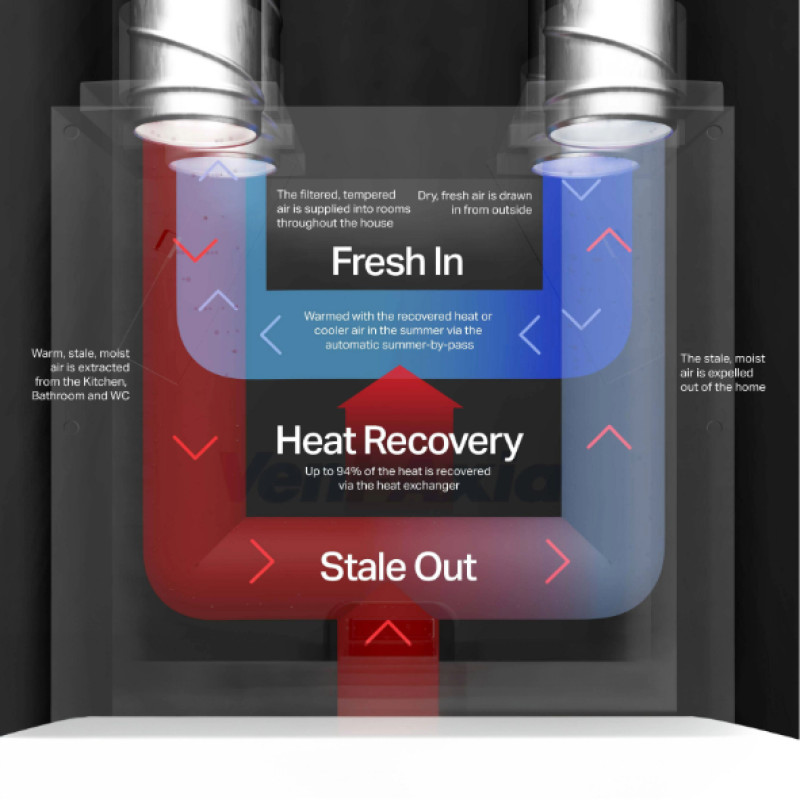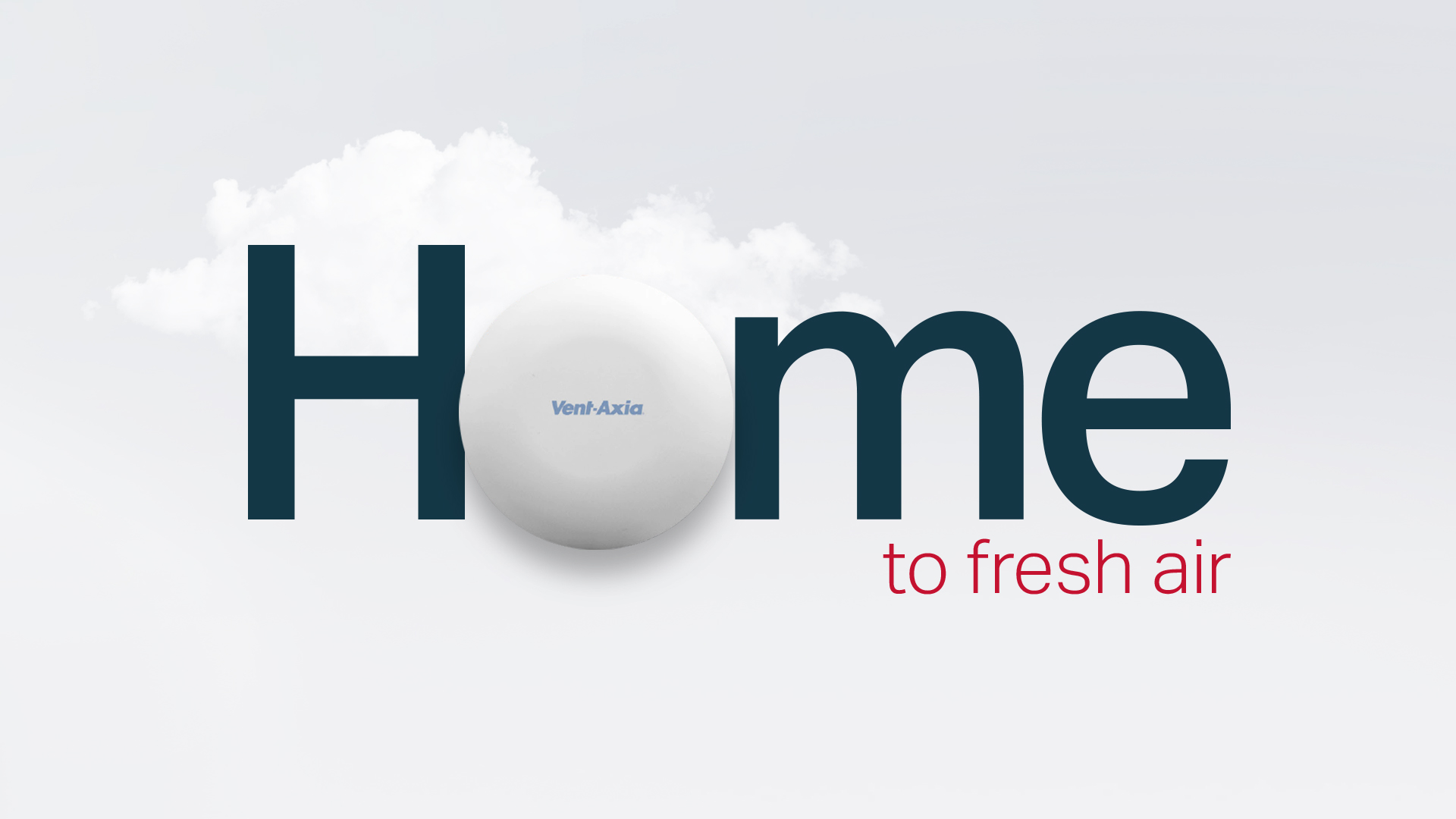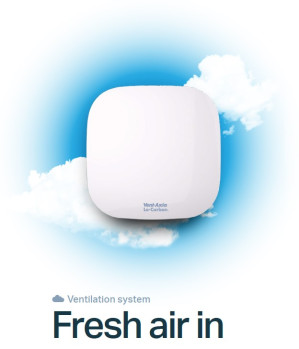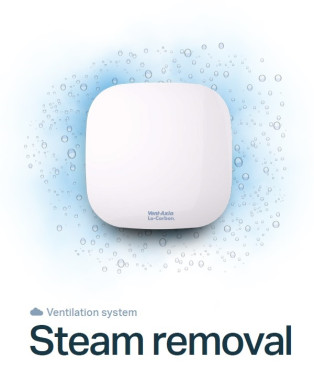Mechanical Ventilation with Heat Recovery (MVHR) is a system that not only keeps your home fresh but also helps you save on energy bills.
Here’s how it works: Imagine the air in the home as a continuous flow. The MVHR system is designed to extract stale, moist air from rooms like the bathroom and kitchen, where humidity and pollutants tend to build up. This air is then passed through a heat exchanger, which cleverly recovers up to 80% of the heat from the outgoing air.

At the same time, fresh air is drawn in from outside. This incoming air is filtered to remove dust, pollen, and other allergens, ensuring that the air entering the home is clean and healthy. The filtered air is then warmed by the heat recovered from the outgoing air before being distributed into the living areas, like bedrooms and living rooms. This process not only keeps the home at a comfortable temperature but also significantly reduces the energy needed to heat the home, leading to lower energy bills.
The MVHR system runs continuously, providing a constant supply of fresh air and maintaining a balanced indoor environment all year round. This continuous operation helps prevent issues like condensation and mould, which can be harmful to both the home and our health.
One of the best things about a MVHR system is the ability to improve indoor air quality. By continuously removing stale air and supplying fresh, filtered air, the system helps reduce indoor pollutants, which is especially beneficial for anyone with allergies or respiratory conditions. Plus, by recovering heat that would otherwise be lost, MVHR systems make the home more energy-efficient, which is great for both the wallet and the environment.
Overall the MVHR system is a key component of the Tomorrow Home as a modern, energy-efficient home, providing a healthier and more comfortable living space.
Learn more about the Lo-Carbon Sentinel Kinetic Cooker Hood










 Unlike intermittent fans that operate sporadically, d-MEV systems run continuously, providing a more consistent and effective method of ventilation. This continuous operation helps to prevent the build up of humidity and condensation, which can lead to mould growth and other moisture-related issues.
Unlike intermittent fans that operate sporadically, d-MEV systems run continuously, providing a more consistent and effective method of ventilation. This continuous operation helps to prevent the build up of humidity and condensation, which can lead to mould growth and other moisture-related issues. By continuously extracting stale air and replacing it with fresh air, d-MEV systems ensure that indoor air quality remains high. This constant air exchange helps to remove pollutants, allergens, and odours, creating a healthier living environment. Overall, d-MEV systems offer a reliable and energy-efficient solution for maintaining good air quality and preventing moisture problems in homes.
By continuously extracting stale air and replacing it with fresh air, d-MEV systems ensure that indoor air quality remains high. This constant air exchange helps to remove pollutants, allergens, and odours, creating a healthier living environment. Overall, d-MEV systems offer a reliable and energy-efficient solution for maintaining good air quality and preventing moisture problems in homes.